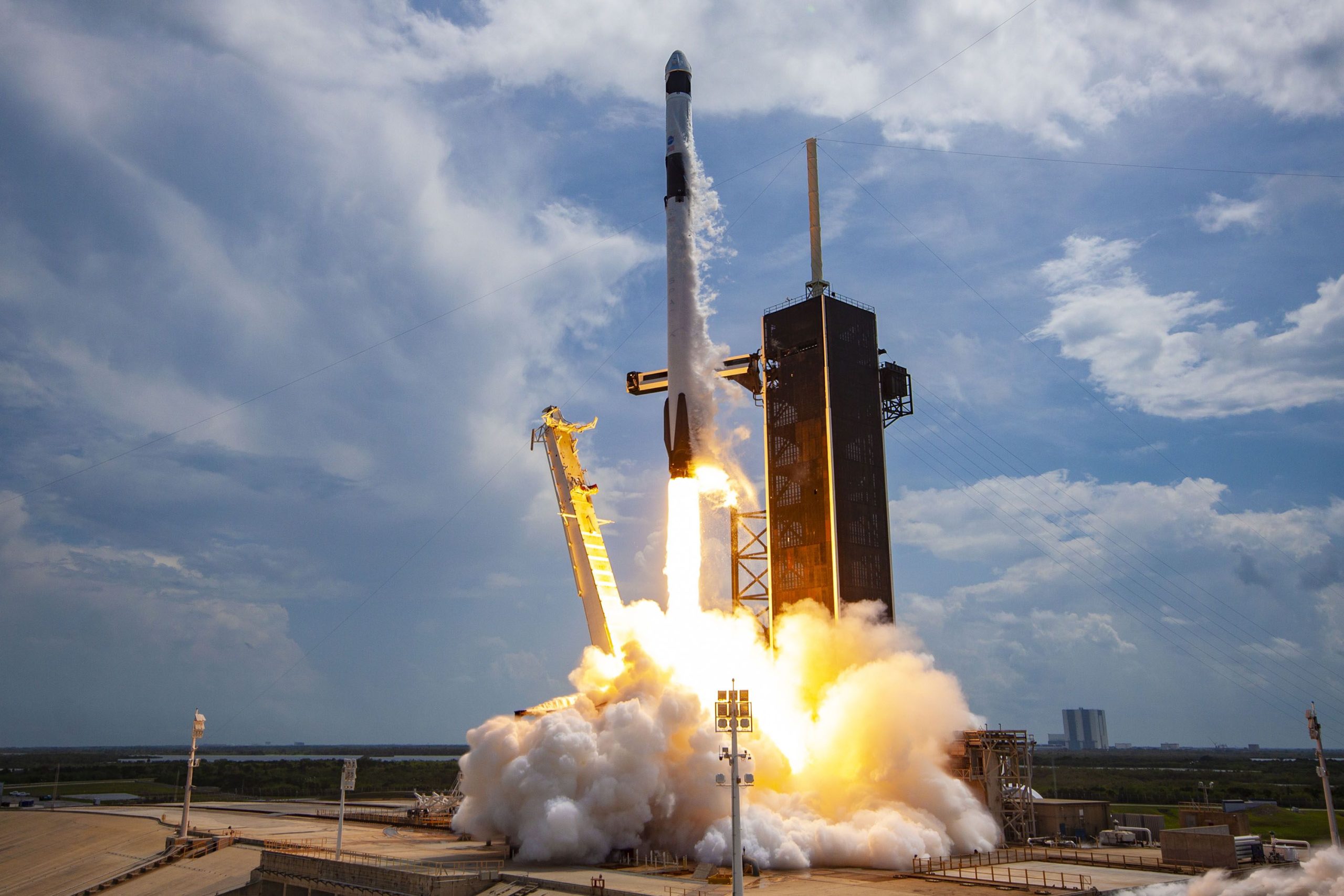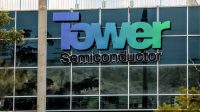SpaceX is gearing up for the second test launch of Starship, its cutting-edge spacecraft designed to transport astronauts to the moon and beyond. This launch, scheduled within a 20-minute window starting at 7 a.m. CST at the SpaceX Starbase near Boca Chica, Texas, involves the intricate interplay of Starship and its colossal Super Heavy rocket booster.
The mission, devoid of crew, aims to propel Starship into space, narrowly missing orbit before orchestrating a dramatic reentry into Earth’s atmosphere, culminating in a splashdown off Hawaii’s coast. The initial launch date experienced a one-day delay owing to last-minute adjustments in flight control hardware.
Significance for SpaceX

The success of this test flight carries profound implications for SpaceX, spearheaded by the visionary Elon Musk. It signifies a significant stride towards realizing a versatile spacecraft capable of lunar missions for NASA and the eventual prospect of human voyages to Mars. Elon Musk envisions Starship as the successor to SpaceX’s workhorse, the Falcon 9 rocket, poised to become the linchpin of the company’s expansive launch operations.
A primary client of SpaceX, NASA, has a vested interest in the triumph of Starship. It assumes a pivotal role in the Artemis program, NASA’s human spaceflight initiative, which builds upon the storied legacy of the Apollo missions. The first-stage booster of Starship, equipped with 33 Raptor engines, towers at an impressive 400 feet, boasting thrust capabilities double that of the Saturn V rocket, which propelled the Apollo astronauts to the moon.
SpaceX’s engineering ethos is distinguished by a robust risk tolerance, employing a flight-testing strategy that deliberately pushes spacecraft to failure. This approach facilitates iterative improvements through successive testing phases. The prior Starship-Super Heavy test on April 20 concluded prematurely due to engine malfunctions and a hiccup in the separation of the booster rocket.
Undeterred by risks, SpaceX is resolute in exceeding the performance of the initial test flight. This philosophy aligns with NASA’s imperative for swift rocket development, particularly in the face of competition from China’s expanding lunar ambitions. Bill Nelson, NASA Administrator, underscores the iterative nature of rocket development, drawing parallels with SpaceX’s history and success with the Falcon 9.
Lessons from the April Test
In the April test, the combined spacecraft reached an altitude of approximately 25 miles, halfway to the targeted altitude of 90 miles, before meeting a fiery end. Elon Musk attributed the failure to an internal fire during ascent, causing damage to engines and computers, resulting in a trajectory deviation and a delayed activation of the automatic destruct command.
In preparation for the upcoming test flight, SpaceX has diligently implemented corrective measures on the launch pad, as mandated by the Federal Aviation Administration. Anticipation is palpable as SpaceX embarks on the next frontier of space exploration with Starship, pushing the boundaries and heralding a new era of interplanetary travel.
Read More (SpaceX)








